|
A city built at the confluence of three rivers can’t thrive without bridges. Any amount of travel at all requires the crossing of those rivers. The pace of modern society would quickly overwhelm the reliance on ferries that shuttled Romans about in the earliest days of the town. Bridges went up shortly after Rome was founded and continue to be a mainstay of the local geography. Among my earliest memories I find the replacement of the bridge that spans the Oostanaula at the historic Floyd County courthouse. The old bridge, built in 1918, featured a metal truss design. Originally, large towers were part of the structure. But those were sacrificed for scrap metal to help the effort to win World War II. The replacement bridge is a basic concrete bridge. Just two blocks from Broad Street in the city’s central business district, the bridge carries Fifth Avenue traffic across the Oostanaula River to the newly-dubbed River District. This area is known to the old timers as Beaverslide. It used to be a low lying floodplain, best suited to beavers. When it wasn’t underwater it was under suspicion of all sorts of nefarious activities. Today the levee keeps the river out. There’s a substantial plan already in the works to redevelop the district. I’ll present that in the next article. For now I want to focus on the bridge. This concrete platform is getting a lot of attention right now. City leaders are interested in adapting the bridge to be a pedestrian-friendly portal between Broad Street and the River District. With sidewalks on both sides, foot traffic is already a reality. As the district develops and offers more of an attraction, that traffic is likely to increase. Among the proposals are eliminating two of the four vehicle traffic lanes in favor of parallel parking. Parking is an issue downtown and city leaders are always looking for ideas. There are other ideas such as park space, such as benches, tables, topiaries, etc. There are pros and cons to such ideas. Losing the traffic lanes has drawn criticism. There is traffic on Fifth Avenue but Second Avenue and Turner McCall are the major thoroughfares. With no bridge on the Etowah, Fifth Avenue is limited to through traffic. The four lane section is limited to only a few blocks anyway. Adding aesthetics to the bridge sounds like a great idea which wouldn’t impact normal traffic all that much.  Welsh Bridge at Shrewsbury by William Turner Welsh Bridge at Shrewsbury by William Turner I was immediately reminded of the old bridges of Europe which were more like buildings that span rivers rather than mere platforms of travel. Bridges such as the Welsh Bridge at Shrewsbury, as depicted by English Romanticist painter, William Turner, offer beautiful examples of what a bridge could be. Combining a transportation portal with residential and commercial units would draw people and be a more efficient use of space. But the engineering studies on the bridge reveal that the bridge isn’t designed to hold more than your typical traffic. In this case, Turner’s painting is an example of what a new bridge could be. This bridge needs a smaller plan. And that’s ok. Wisdom forces us to consider the cons. As the River District develops, car traffic is likely to increase. The bridge is also used by emergency services. The city and county police departments share a facility adjacent to the bridge. The fire department is also just a few blocks away and their movement requires more space than a police car. Tactics are as much a consideration as convenience when it comes to fire department traffic. Removing bridge access to the fire department is not only ill-advised, it’s a potential disaster. We should also think about how few parking spaces would be added on the bridge. Would wo rows of parked cars on the bridge create a better aesthetic than the current configuration? It’s doubtful. And the point has been made that the high curbs could block the passenger side doors on many cars from opening when. The parking option seems like it offers a lot of drawbacks with minimal benefits. There is a lot of potential here but there is also a lot to consider. What sort of plan makes the bridge itself a draw? What makes people want to go there? The immediate answer is to create value on each end of the bridge. Broad Street already offers shopping, dining, and entertainment. The seat of county government brings people out of necessity. That has one side of the bridge covered. Now to unleash the creativity and entrepreneurial spirit of people to make the River District what it can be. Once people find value on both banks of the Oostanaula, the bridge will draw people by doing what it was designed to do: carry people from one side to the other, by foot or wheel. At that point the solution could be as simple as some tasteful facade additions to improve the look of the bridge. Perhaps mimicking the iron truss look of the old bridge and some stylish lighting could be sufficient. It was just revealed in the Rome News-Tribune that Floyd County actually owns the bridge. If that is indeed true they would have to be on board with any plans going forward. Sometimes the City of Rome and Floyd County collaborate really well. Other times, not so much. If the city can present a worthwhile plan, the county would likely go along. Historically, the county seems to be more practical and pragmatic while the city seems to be more willing to experiment with new ideas. Finding middle ground could result in some changes that improve the bridge but keep traffic flowing. That could be a winning option for everyone. Whatever is eventually done, the River District has the potential to expand on the successes of Broad Street, expanding the cultural and economic influence of downtown. It is a promising opportunity. But like I said, that’s another story...
4 Comments
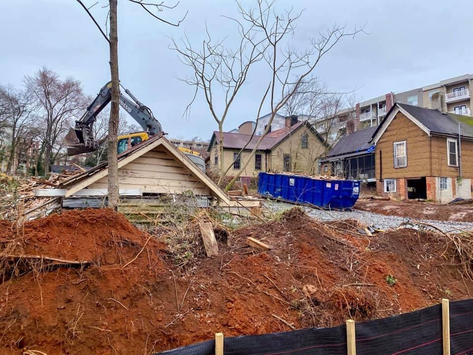 Apartment buildings loom over the destruction of a historic neighborhood. Photo by Tommy Valentine Apartment buildings loom over the destruction of a historic neighborhood. Photo by Tommy Valentine Sam Burnham, Curator It is hard to imagine a more savage and barbaric scene than a track hoe run amok in a historic neighborhood. A dragon with mechanical locomotion and hydraulic jaws ripping timeless craftsmanship to shreds with ease evokes the axiom that great things are difficult to create but can be destroyed in moments. Like the Fourth Beast in the Book of Daniel, nothing beautiful, nothing peaceful, nothing idyllic can survive the onslaught of those iron jaws. Nothing but rubble can remain. That is precisely what has happened in Athens in recent weeks. The historic Potterytown neighborhood fell under the elongated shadow of progress. Several single family homes were obliterated to make room for a parking deck for the rising tide of apartment buildings. Such development is common in college towns. The market for rental property is quite lucrative. The buildings that come down always seem to have more character and style than the buildings that go up. It’s important that we keep a proper perspective. The crews doing this work aren’t evil. They’re just doing an honest day’s work. In this economy, who can blame them? The machines aren’t evil. They’re simply tools that can be used to build just as they can be used to mangle. Even the developers can’t be labeled as anathema as they are just following the market pressure they have been taught to follow. Private property is essential. I dislike the idea of restricting the markets or curtailing the liberty of property owners. The problem is that we have dumbed down the market to its lowest denominator: money. The market is controlled by people who know the price of everything but the value of nothing. Every decision is strictly financial. Other important considerations such as history, culture, style, and local uniqueness don’t factor in. That’s an incomplete market. In my youth I would cringe ever so slightly as Kevn Kinney sang the line “like tearing up your parking lot to build a house, so you’ll just have to park your Volvo somewhere else.” It seemed so unrealistic, even anti-market. Examination and experience have taught me how wrong I was. We shouldn’t pave the entire world just because it’s profitable. We have to live somewhere, eat something, and appreciate our surroundings sometimes. A parking deck accomplishes practically none of this. When a plea is made for historic preservation there is a common reaction from those beguiled by “progress.” Preservation action is seen as do-gooders trying to prop up some dilapidated building. Time moves on and so should we. You must clear out the old to make room for the new. Unsubstantiated claims of obsolescence can have an appeal to the general public despite the examples of brilliant use of historic properties such as Atlanta's Ponce City Market and Canton's Cotton Mill Exchange. In Canton alone, several historic structures from the textile industry have been converted to commercial and residential use. It’s a wiser and more effective use of resources. The truth is preserving historic buildings can be quite profitable as the above examples prove. Historic buildings can offer sturdier, more durable construction than many lightweight construction options. Older architecture offers features and details that don't fit modern budgets. We also maintain a diversity of styles and techniques by preserving existing buildings.
When it comes to a neighborhood like Potterytown in Athens, preservation could have maintained single-family residential units with actual yards, mature trees, small scale landscaping, privacy, and a multitude of other benefits that are sacrificed in the communal living of an apartment building. Good fences make good neighbors. The ceiling/floor of an apartment seems to have a different effect.. But neighborhoods also protect the identity of a town like Athens. The Classic City is famous for the university but also for its quirky and eccentric style that gave rise to the music and art that made the town a household name. A tree that owns itself. An abandoned train trestle. Weaver D's. A double-barreled cannon. And until last week, Potterytown. Some of that uniqueness is gone forever. In its place we get some concrete superstructure, some rebar, and of course, dormant Volvos. What would be wrong in tearing down an old rundown strip mall or some other eyesore for this purpose? Preserving historic property isn't propping up dilapidated buildings. It is preserving our story. It is preserving our heritage. It is preserving our very identities. Preservation is the work that will keep our entire existence from becoming just another off ramp off just another highway - generic, nameless, faceless, nondescript. We’ve seen this happening across Metro Atlanta for decades now. Formerly small distinct towns have redeveloped to the point they look just like all their neighbors. Apartment buildings. Gas stations. Bradford pears. Cookie cutter commercial buildings. It comes down to the words of Sir Roger Scruton: "...good things are easily destroyed but not easily created." It took a century for Potterytown to become what it was. It took a few days to become what it now is. And now, it will never be what it could have been. It’s has been lost to time and “progress.” What piece of our culture and identity will we lose next? 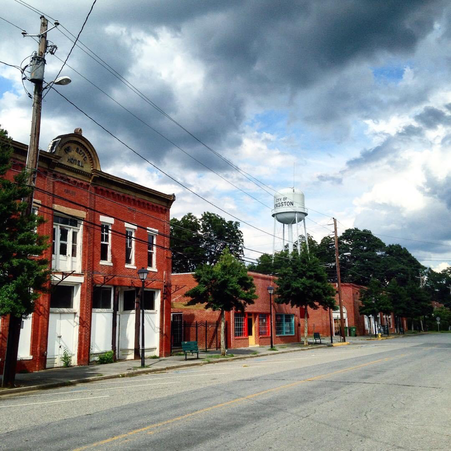 Downtown: Opportunity and Promise Downtown: Opportunity and Promise Sam Burnham, Curator There is probably no documentation of the precise number of small Southern towns with railroad tracks running through them. In the 19th century towns needed a railroad or a river to survive. The trains provided commerce, travel, and a connection to the rest of the world. That’s part of what sustained a small town in western Bartow County. Welcome to Kingston, population ≈ 679. Kingston used to be a bustling place. Back during the war it housed hospitals for both armies. The Andrews Raiders hid out near here to allow scheduled rail traffic to pass during the Great Locomotive Chase. 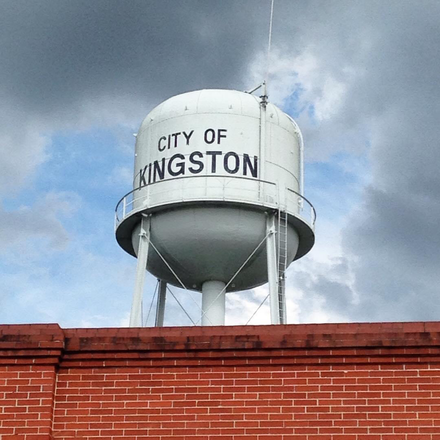 A hotel and several businesses once anchored downtown. The old well house still stands next to the tracks. But the modern water tower overlooks mostly empty storefronts in need of attention. In this part of Georgia towns are divided into two lists: winners and losers. The lists aren’t etched in concrete. They aren’t even written in ink. Towns hop back and forth as the sprawl of metro Atlanta turns quiet villages into boom towns overnight. Outlying towns lose their populations to better opportunities within the sprawl. As the development spreads out like a shockwave, yesterday’s boom town becomes today’s blight as crime and decay set in. People follow the prosperity but it never stays put long. So a place like Kingston, which sits hollow and crumbling, can offer something different. It can be a center of neighborly peace and prosperity or it can be more fodder for the sprawl. Taking the better option could provide housing, employment, and community. This can be a healthily isolated enclave. It can be happy and affordable. It can be great. 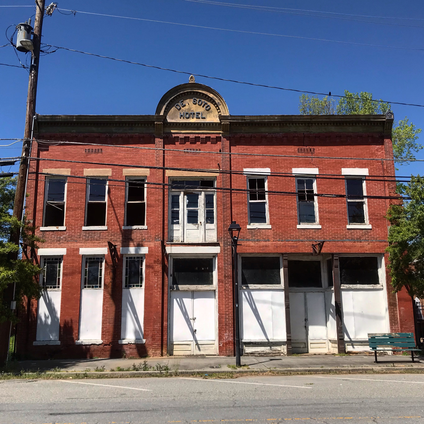 Kingston has a local government. A modern town hall is small but appropriate for a municipality of this size. There are recreational facilities and ample green space. The local architecture is beautiful. There are homes and churches. The town is a short drive from Cartersville, Adairsville, Rome, or the plush amenities of the Barnsley Gardens resort. Right here you’ll find all the foundations of a healthy and prosperous small Southern town. It’s got good bones. In a local cemetery you’ll find a large headstone for Melvina Shields (1844-1938). Ms. Shields was born into slavery and died in the era of Jim Crow. You are probably familiar with her great-great-great granddaughter, Michelle Obama. I’m not writing this one as a greedy profiteer looking to gentrify an ailing town. I’m certainly not trying to make the good people of Kingston feel bad about their community. What I hope to do is shed some light on a good place. Who knows what could happen here? Some good investment with the community in mind could yield profits in the Economy of People, the Economy of Place, and also in the financial marketplace. 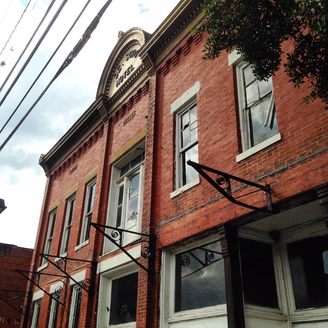 One thing that COVID-19 has caused is the realization that a central in-person office isn’t always a necessity. As workers are freed to work remotely and live where they choose. Places like Kingston can fill a niche. People who want to work for big firms no longer have to live in huge cities. There are now more options. All of this considered, think of the possibilities. Outlets for art, music, or other entertainment. Think about a farmers market supplied from the local area. Think of festivals and celebrations. Think about the chance to fit into the local culture rather than displacing it. So I’m highlighting Kingston in this article but so many others fit into this category. For now, what can be done in Kingston? Do you see it? Can you envision it? |
Sam B.Historian, self-proclaimed gentleman, agrarian-at-heart, & curator extraordinaire Social MediaCategories
All
Archives
November 2022
|
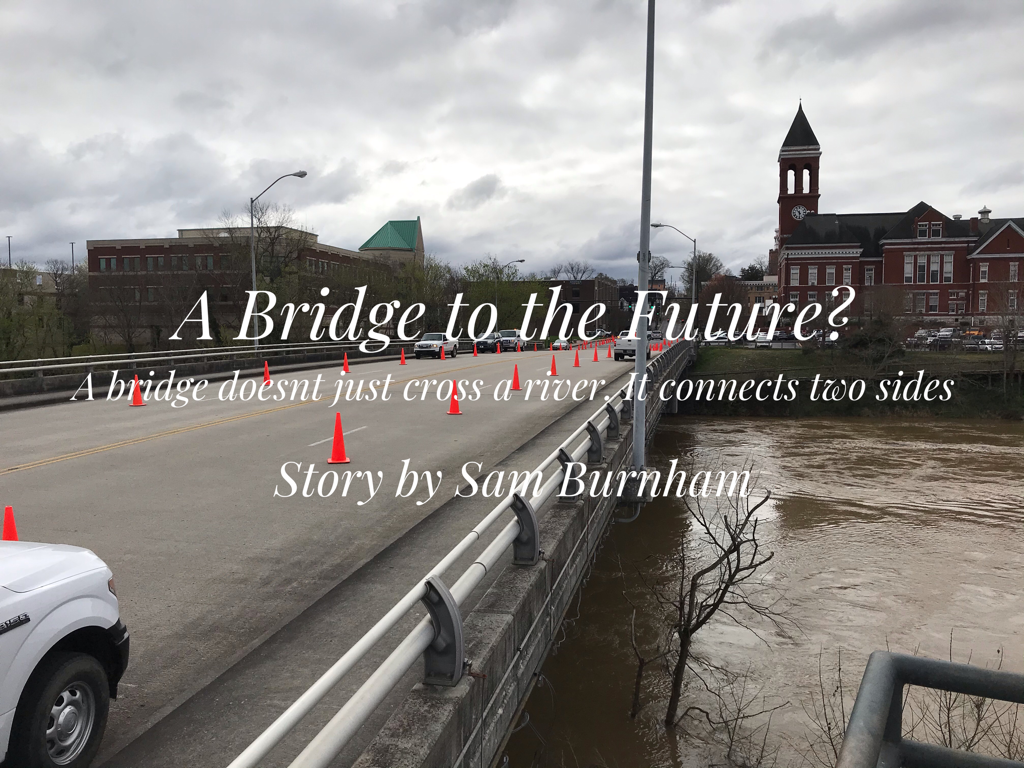
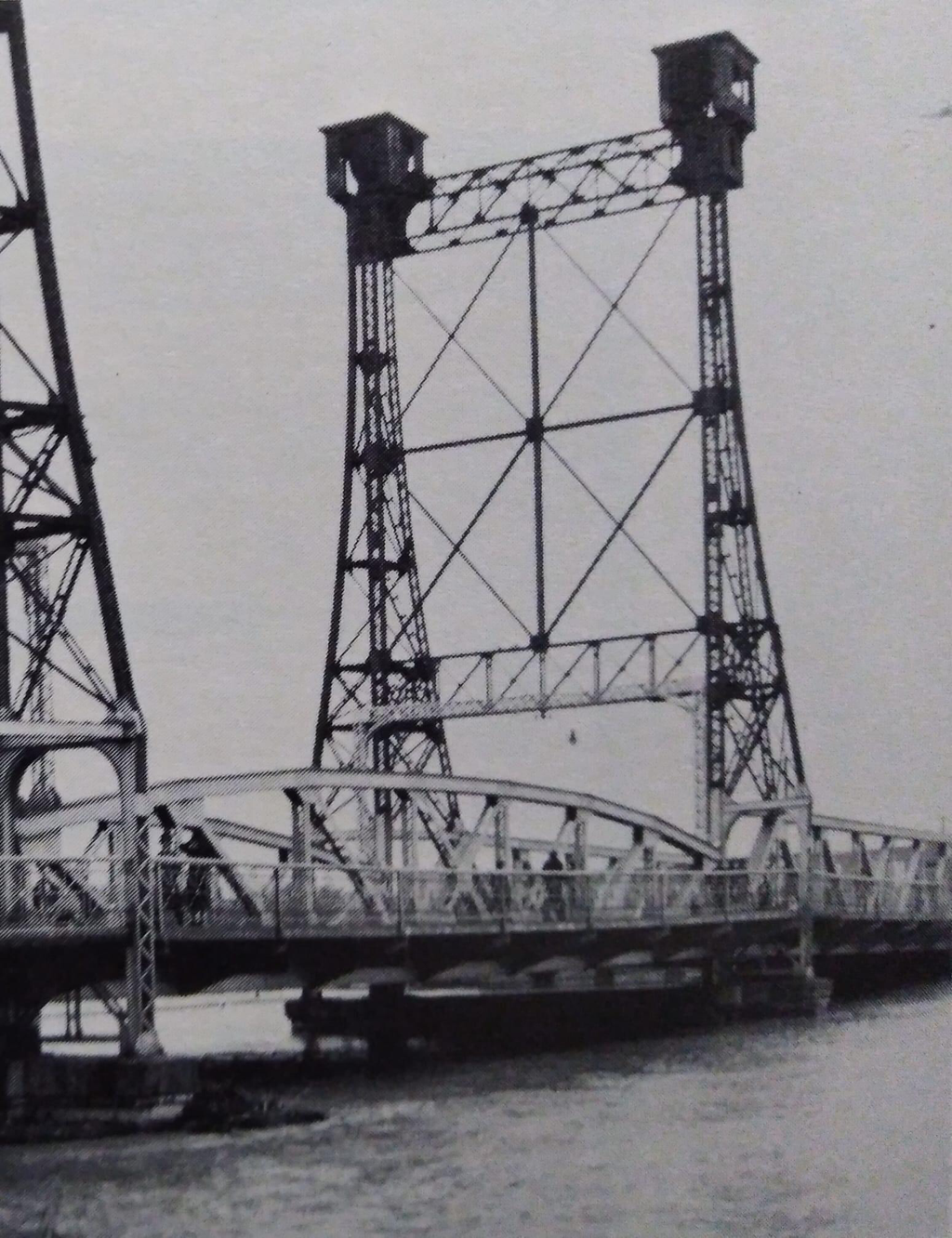
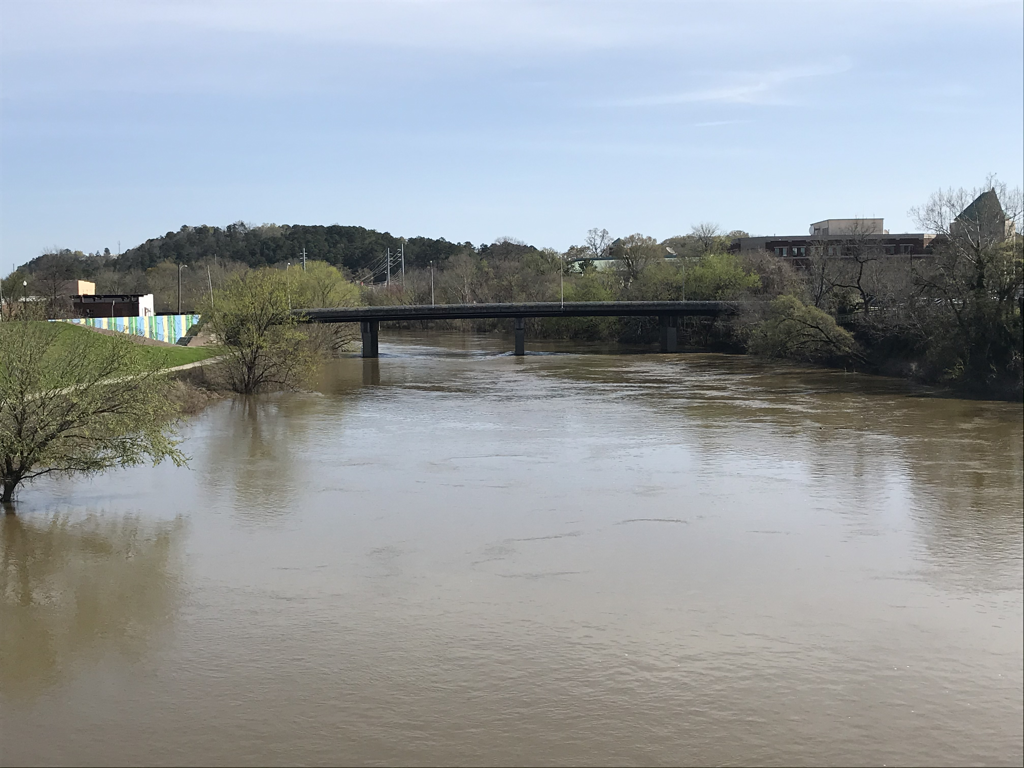
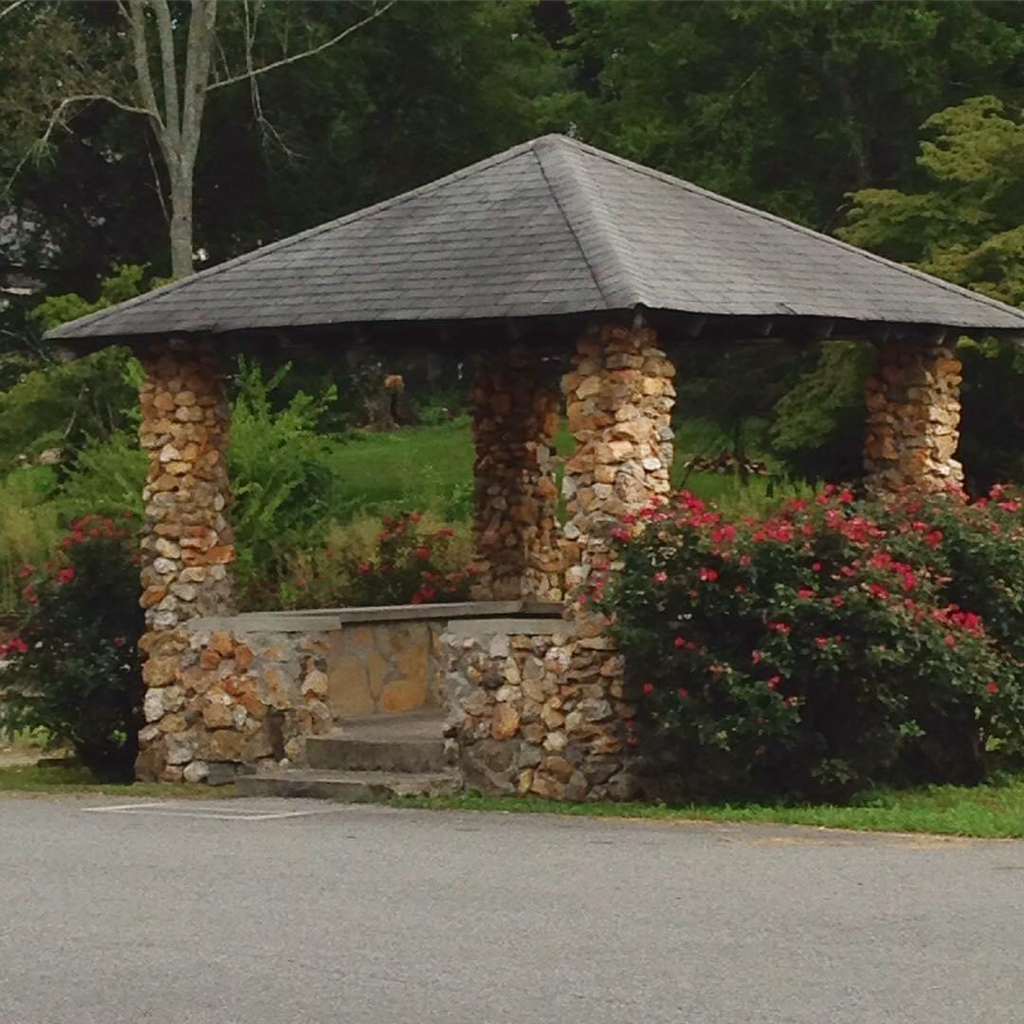
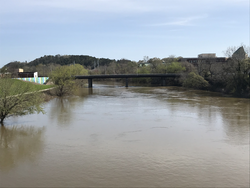


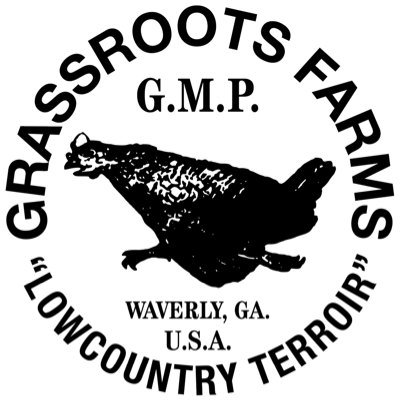

 RSS Feed
RSS Feed
